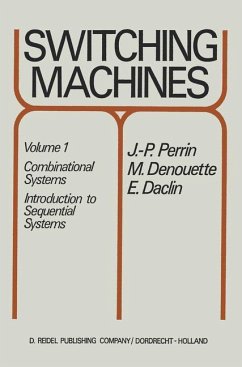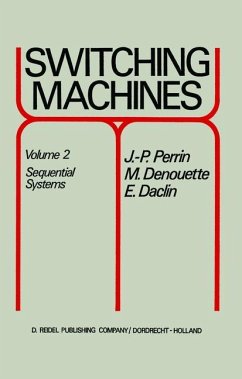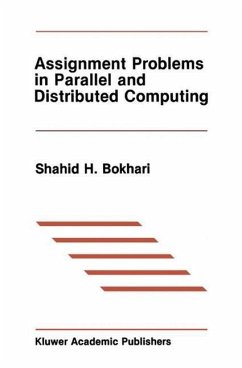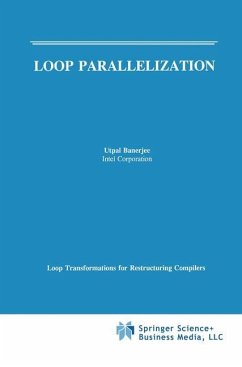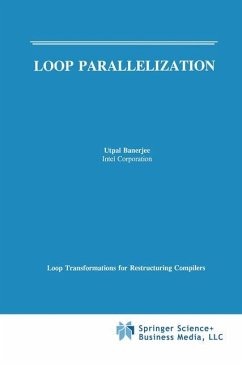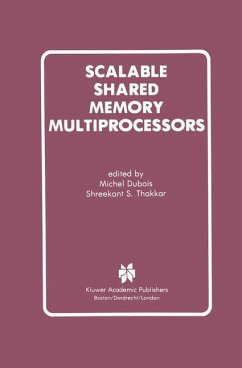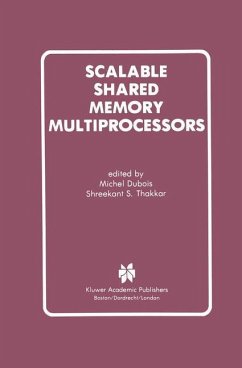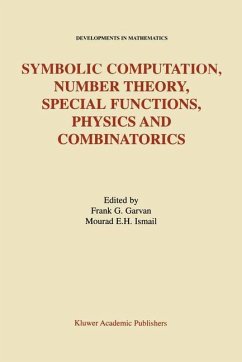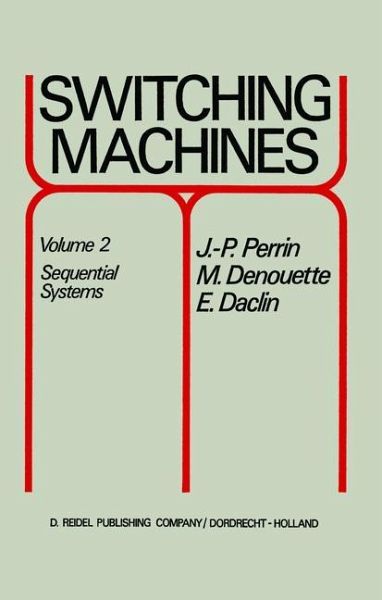
Switching Machines
Volume 2 Sequential Systems
Versandkostenfrei!
Versandfertig in 1-2 Wochen
115,99 €
inkl. MwSt.
Weitere Ausgaben:

PAYBACK Punkte
58 °P sammeln!
7/Synthesis of the Tables.- 7.1. Generalizations.- 7.2. Natural methods.- 7.3. Algebraic methods-Notion of a regular expression.- 7.4. Gloushkov method.- 7.5. Conclusion.- 7.A. Brzozowski method.- Exercises.- 8/Reduction of the Number of States in a Table.- 8.1. Introduction-Statement of the problem.- 8.2. Equivalence of states.- 8.3. Reduction of complete tables.- 8.4. Reduction of incomplete tables.- 8.5. Programming of flow table reduction on digital computers.- 8.6. Reduction of a phase table.- 8.7. Application of the method of compatible pairs to asynchronous systems.- 8.8. Conclusion.- E...
7/Synthesis of the Tables.- 7.1. Generalizations.- 7.2. Natural methods.- 7.3. Algebraic methods-Notion of a regular expression.- 7.4. Gloushkov method.- 7.5. Conclusion.- 7.A. Brzozowski method.- Exercises.- 8/Reduction of the Number of States in a Table.- 8.1. Introduction-Statement of the problem.- 8.2. Equivalence of states.- 8.3. Reduction of complete tables.- 8.4. Reduction of incomplete tables.- 8.5. Programming of flow table reduction on digital computers.- 8.6. Reduction of a phase table.- 8.7. Application of the method of compatible pairs to asynchronous systems.- 8.8. Conclusion.- Exercises.- 9/Assignment of the Internal States (Asynchronous Sequential Systems).- 9.1. Introduction.- 9.2. Connected sets.- 9.3. Huffman numbers.- 9.4. The influence of essential connections on the density of the assignment table.- 9.5. Reduction of the system's number of connections.- 9.6. Creation of supplementary unstable states.- 9.7. Incomplete merging of the primitive phase table.- 9.8. General remarks about assignment.- 9.9. Assignments and universal circuits.- Exercises.- 10/Assignment of Internal States (Synchronous Systems).- 10.1. Introduction.- 10.2. Distinct assignments-valid assignments.- 10.3. Example of the different assignments of a same table.- 10.4. Assignment from adjacency study.- 10.5. General concepts concerning partitions.- 10.6. Search for the p.s.p..- 10.7. Properties connected with partitions p.s.p..- 10.8. Use of the p.s.p. in assignment.- 10.9. Decomposition of sequential machines.- 10.10. Partition pairs.- 10.11. Assignment of the uncompletely specified tables.- 10.12. Extension methods.- 10.13. Assignment of internal states by taking into account the output.- 10.14. Conclusion.- Exercises.- 11/Examples of Applications.- 11.1. Introduction.- 11.2.Applications on computers.- 11.3. Sequentially controlled machines.- 11.4. Analysis of a system of electrical airplane generation.- Exercises.- 12/Linear Sequential Systems.- 12.1. Introduction.- 12.2. Review of algebra.- 12.3. Transition of linear sequential systems.- 12.4. General configurations of linear machines.- 12.5. Discrete Laplace transform.- 12.6. Study of linear systems by the discrete Laplace transform.- 12.7. Application.- 12.8. Conclusion.- Exercises.- 13/Theoretical Study of the Real Functioning of Binary Switching Elements-Non-Binary Switching Elements.- 13.1. Many-valued algebra.- 13.2. Ternary algebra and relay systems.- 13.3. Expression for a function defined in a set of p values.- 13.4. Characteristic equation of a relay.- 13.5. Analysis of relay systems.- 13.7. Multipositional contactors.- 13.8. Analysis of a multipositional contactor circuit ideal functioning.- 13.9. Minimization of the conductibility function of the commutators' circuits.- 13.10. Synthesis of relay circuits with ordinary contacts 400 13.10.1. Action of a switch A on a relay X.- 13.11. Lukasiewicz algebras and their applications.- 13.12. Conclusion.- Exercises.





